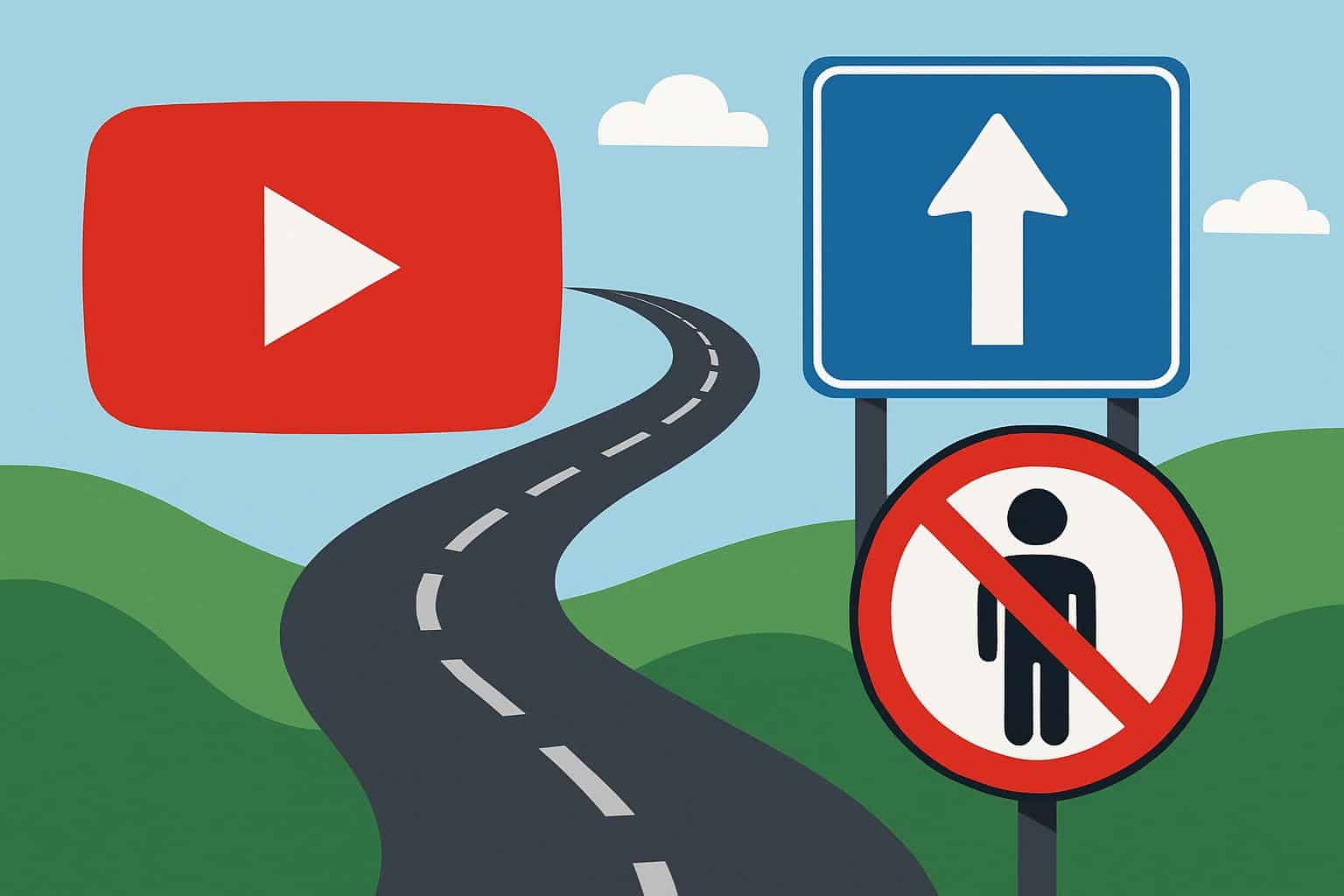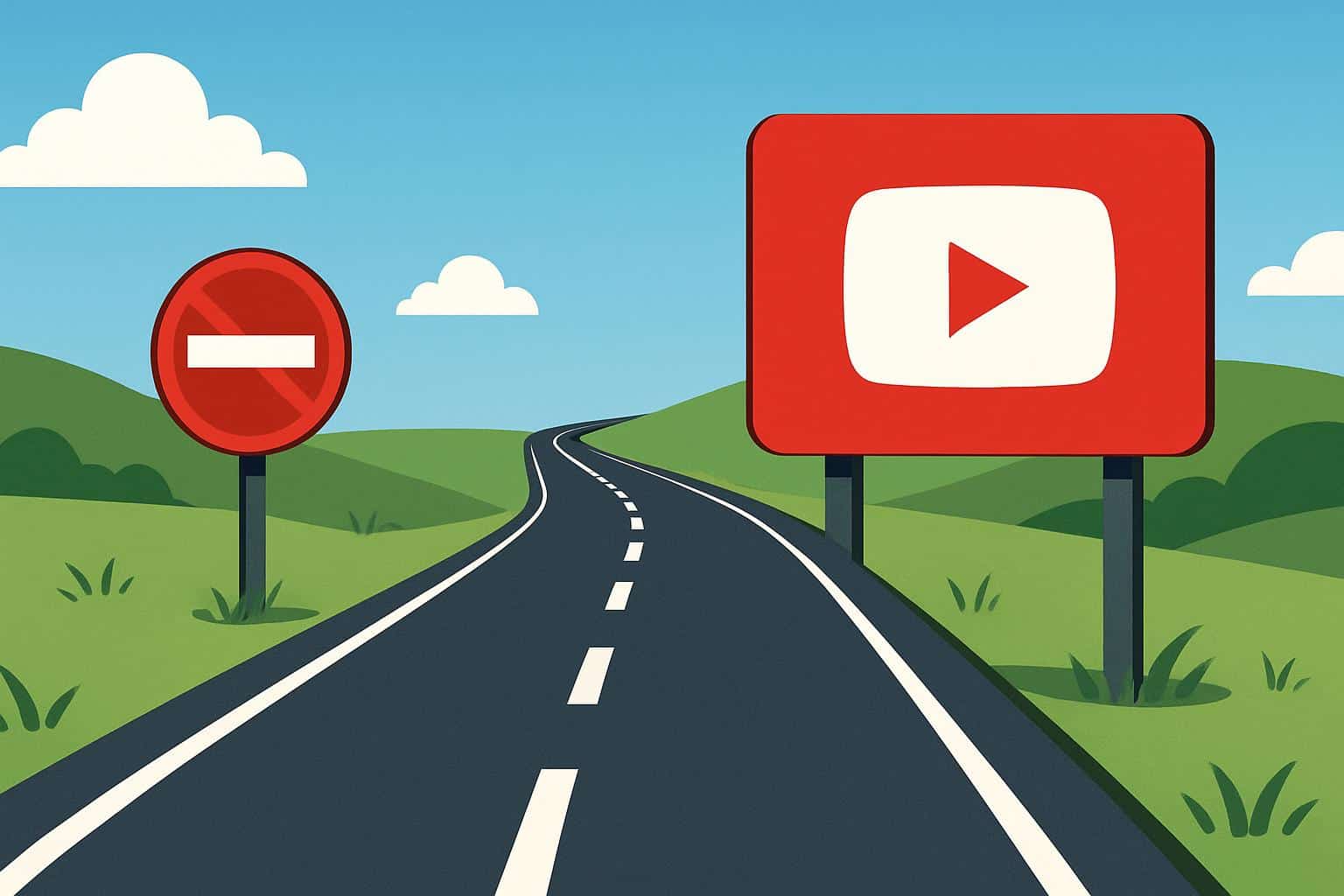YouTubers who were kicked off the platform will have the chance to return, in a limited capacity.
YouTube is introducing a process that would give terminated users an opportunity to ask for a new review of their channels. The company says eligible creators will start to see an option inside YouTube Studio to apply for a new channel, reflecting its move to give people second chances after previously handing out permanent bans.

What YouTube is changing about terminated creator appeals
In the past, a terminated channel was an end to a creator’s presence on the platform, and creating a new account to evade that ban was against policy. With the new process, we’ll be proactively informing eligible terminated creators who have a clean disciplinary record in YouTube Studio that they can apply for a new channel. This is not a full reset, and it certainly is not the old channel back in everything but name; rather, it’s an effort to rebuild from scratch with the understanding that any future policy violation could result in immediate removal.
YouTube has not revealed the complete eligibility process. The company’s announcement notes that not all categories of terminations will see appeals considered, and decisions will be made based on existing Community Guidelines and enforcement standards. The move seems to be an effort to filter out egregious, high-risk behavior from those in which creators can show that they have a way forward toward compliance.
Who might qualify to return under YouTube’s new process
What actually constitutes ineligibility is the crucial nuance. While YouTube is not yet categorizing cases officially, industry analysts believe repeat copyright offenders are likely to be excluded in line with its obligations under the Digital Millennium Copyright Act. The Electronic Frontier Foundation and other organizations defending digital rights have long argued that platforms need to have a repeat-infringer policy in place to continue enjoying safe harbor protections, suggesting broad amnesty for copyright terminations is unlikely.
“The percent of channel terminations each quarter for violations other than spam, scams and deceptive practices is significantly lower,” according to YouTube’s Community Guidelines Enforcement Report, which outlines how the service enforces its policies on illicit material and speech. If the new policy centers on lower-risk violations, or those in which creators can easily show compliance moving forward, it could provide YouTube with an opportunity to cut down permanent bans without sacrificing user safety. The company has not laid out any timelines, probationary periods or content restrictions for reinstated creators, leaving a lot of wiggle room for decisions that can be made on a case-by-case basis.
Why YouTube is doing this now and how it stacks up
Today’s creator economy thrives on predictability and things that feel fair. In recent years, platforms have come under pressure from creators, advertisers and lawmakers to make enforcement more consistent as well as clearer. YouTube’s move reflects a larger industry swing: platforms such as X and Meta have experimented with reinstatements or policy resets, often with more stringent guardrails or review processes.

Research from academic organizations including the NYU Center for Social Media and Politics and the Oxford Internet Institute has shown that deplatforming can dramatically shrink the exposure of harmful content. That supports strong enforcement. But it also indicates that if a platform can monitor and condition returns — say, with probationary review — reinstatements don’t have to wipe out safety gains. The challenge is execution: clear criteria, continuous oversight and effective escalation when lines are crossed.
Safeguards YouTube plans and the open questions ahead
Key details remain undisclosed. YouTube has not clarified how it plans to assess risk, what specifically it will penalize creators with — such as temporary restrictions on things like live streaming or monetization — or how appeals would function if an ask to wipe the slate clean is rejected. There’s also the matter of recidivism: Will a new-channel approval be accompanied by a less forgiving strike window or hastened bans for repeat offenses?
It’s all especially important because creators are building long-term businesses on the platform. Advertisers will also want assurances that reinstatements do not carry brand safety risks of any kind to campaigns. YouTube’s Trust and Safety team has been shifting toward more granular rulemaking in recent years — policy updates on elections, health and violent events, for example — so observers will be watching for similarly detailed criteria here. Transparency reports and policy blogs from the company will be crucial in assessing how well the rollout goes.
What This Means For Creators And Viewers
For creators, this is a potential life raft, giving those who have crossed the line an opportunity to reenter the ecosystem under more defined terms than were previously available. It also highlights the need to understand strike systems, content labels, and music and media licensing. For fans, the headline is balance: a bit more room for rehabilitation without the compromise of safety baselines. Whether YouTube achieves that balance will depend on careful screening, real-time enforcement and its readiness to yank the privilege if trust is violated.
Bottom line: YouTube is gingerly experimenting with second chances. And the plan’s success will be judged less by how many creators return and more by how diligently the platform polices the rules when they come back.

